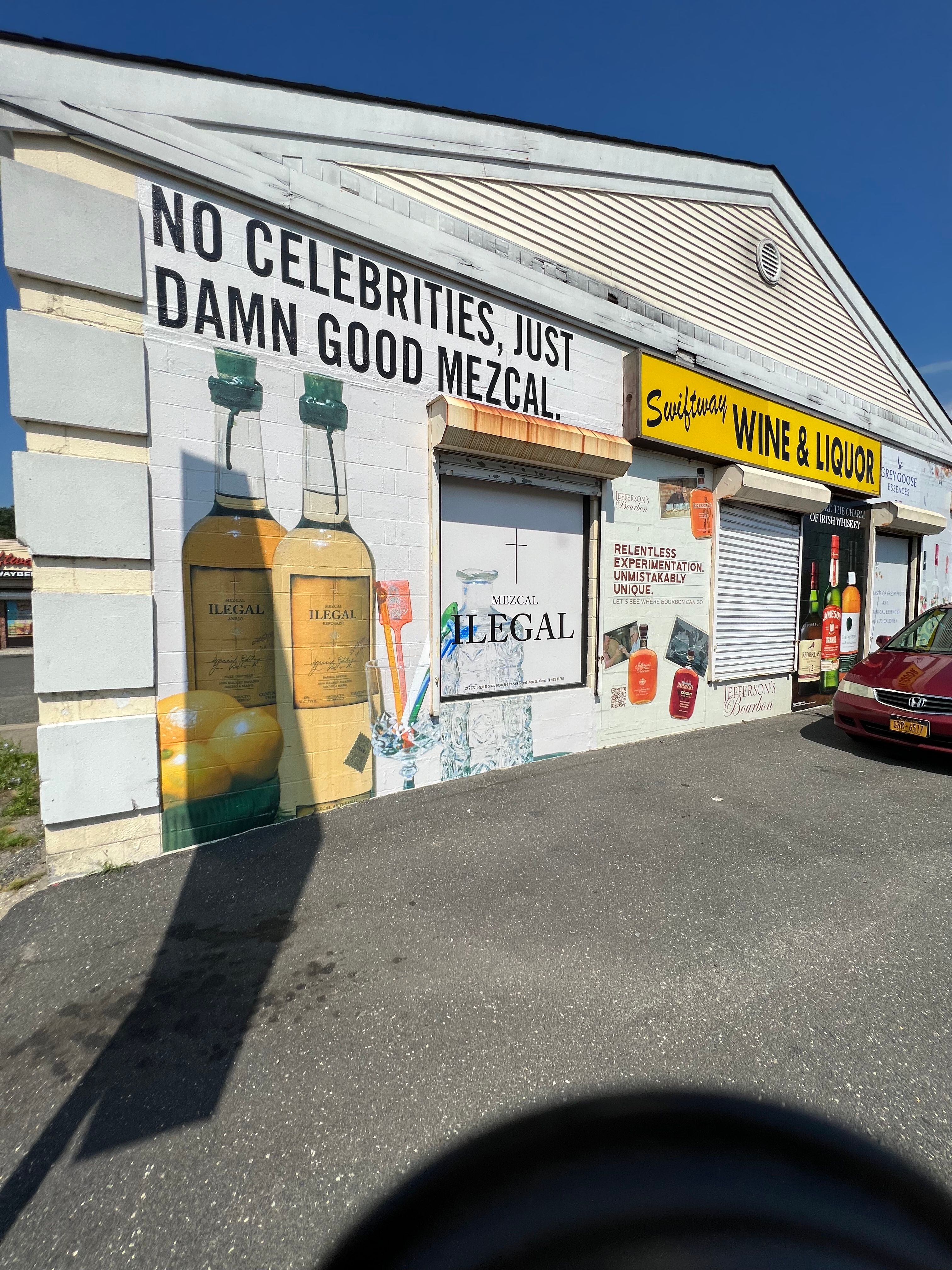
The Art and Science of Outdoor Signage: A Comprehensive Guide

Outdoor signage is more than just a means of communication; it's an art form and a science in itself. In an age where information is constantly bombarding us from all angles, outdoor signage stands as a beacon of clarity, guiding us through the urban landscape and conveying important messages. In this comprehensive guide, we'll delve deep into the world of outdoor signage, exploring its history, design principles, materials, and the pivotal role it plays in various industries. So, let's embark on this journey to understand the nuances and significance of outdoor signage.
Introduction: The Power of Outdoor Signage
Outdoor signage is omnipresent. From towering billboards on highways to quaint storefront signs, these visual elements serve multiple purposes: advertising products, providing directions, enhancing brand recognition, and even contributing to the overall aesthetics of an area. Effective outdoor signage can be a game-changer for businesses and organizations, making it a crucial aspect of their marketing strategy.
The Evolution of Outdoor Signage
Outdoor signage has a rich history that dates back to ancient civilizations. The Romans, for instance, used stone markers to convey important information. The evolution of outdoor signage parallels the advancements in technology and design. Today, we see dynamic LED screens and sophisticated 3D signs that can captivate the audience with moving images and vibrant colors.
Design Principles: Crafting the Perfect Signage
Designing outdoor signage requires a keen eye for aesthetics and an understanding of psychology. Some key principles include:
Visibility: A sign should be easily seen from a distance, whether it's a neon-lit sign on a city street or a directional sign in a park.
Legibility: The text on a sign should be easy to read, with the right font, size, and contrast.
Branding: Consistency in branding elements like colors and logos helps reinforce brand identity.
Message Clarity: The message should be concise and straightforward, conveying its purpose at a glance.
Environmental Considerations: Outdoor signage must withstand various weather conditions and maintain its appearance over time.
Materials and Manufacturing
The choice of materials is critical in outdoor signage. Common materials include:
Aluminum: Durable and weather-resistant, it's a popular choice for outdoor signs.
Acrylic: Provides a sleek, modern look and is often used for illuminated signs.
Wood: Ideal for a rustic or natural aesthetic, but requires maintenance.
Vinyl: Versatile and cost-effective for graphics and lettering.
Manufacturing techniques, such as digital printing, laser cutting, and CNC routing, ensure precise and high-quality signage production.
Outdoor Signage in Different Industries
Outdoor signage serves diverse industries, including:
Retail: Storefront signs and window displays attract customers.
Hospitality: Hotels and restaurants use signage for branding and wayfinding.
Real Estate: For sale signs and property markers aid in property identification.
Transportation: Road signs, billboards, and airport signs provide critical information.
Healthcare: Hospitals use signage for patient guidance and information dissemination.
Conclusion: The Significance of Outdoor Signage
Outdoor signage is an integral part of our daily lives, guiding us, informing us, and influencing our choices. It's a dynamic field that combines artistry and technical expertise. Effective outdoor signage can be the difference between attracting customers and getting lost in the noise of the modern world. As technology continues to advance, we can only expect outdoor signage to become even more innovative and essential.
FAQs:
Q1: How can I make my outdoor signage more eye-catching? A1: To make your outdoor signage stand out, focus on design principles like choosing bold colors, legible fonts, and strategic placement. Consider using eye-catching graphics and lighting for added visibility.
Q2: What materials are best for long-lasting outdoor signage? A2: Materials like aluminum, acrylic, and vinyl are known for their durability. However, the best choice depends on your specific needs and environmental conditions. Consult with a signage professional for personalized recommendations.
Q3: Are there regulations for outdoor signage placement and design? A3: Yes, there are often local regulations governing the size, placement, and design of outdoor signage. It's essential to check with your local authorities or consult with a signage expert to ensure compliance.
Q4: How can I measure the effectiveness of my outdoor signage? A4: Measuring the effectiveness of outdoor signage can be done through various means, including tracking foot traffic, conducting surveys, and monitoring sales or website traffic. Analyzing these metrics can help you gauge the impact of your signage.
Q5: What trends can we expect in outdoor signage in the future? A5: The future of outdoor signage is likely to involve more interactive and digital elements, such as augmented reality (AR) and AI-powered displays. Sustainability and eco-friendly materials will also play a more prominent role as environmental concerns continue to grow.
In conclusion, outdoor signage is a multifaceted and ever-evolving field that marries design, technology, and communication. Whether you're a business owner looking to attract customers or an urban planner enhancing public spaces, understanding the art and science of outdoor signage is essential for success in this visually driven world.
Appreciate the creator